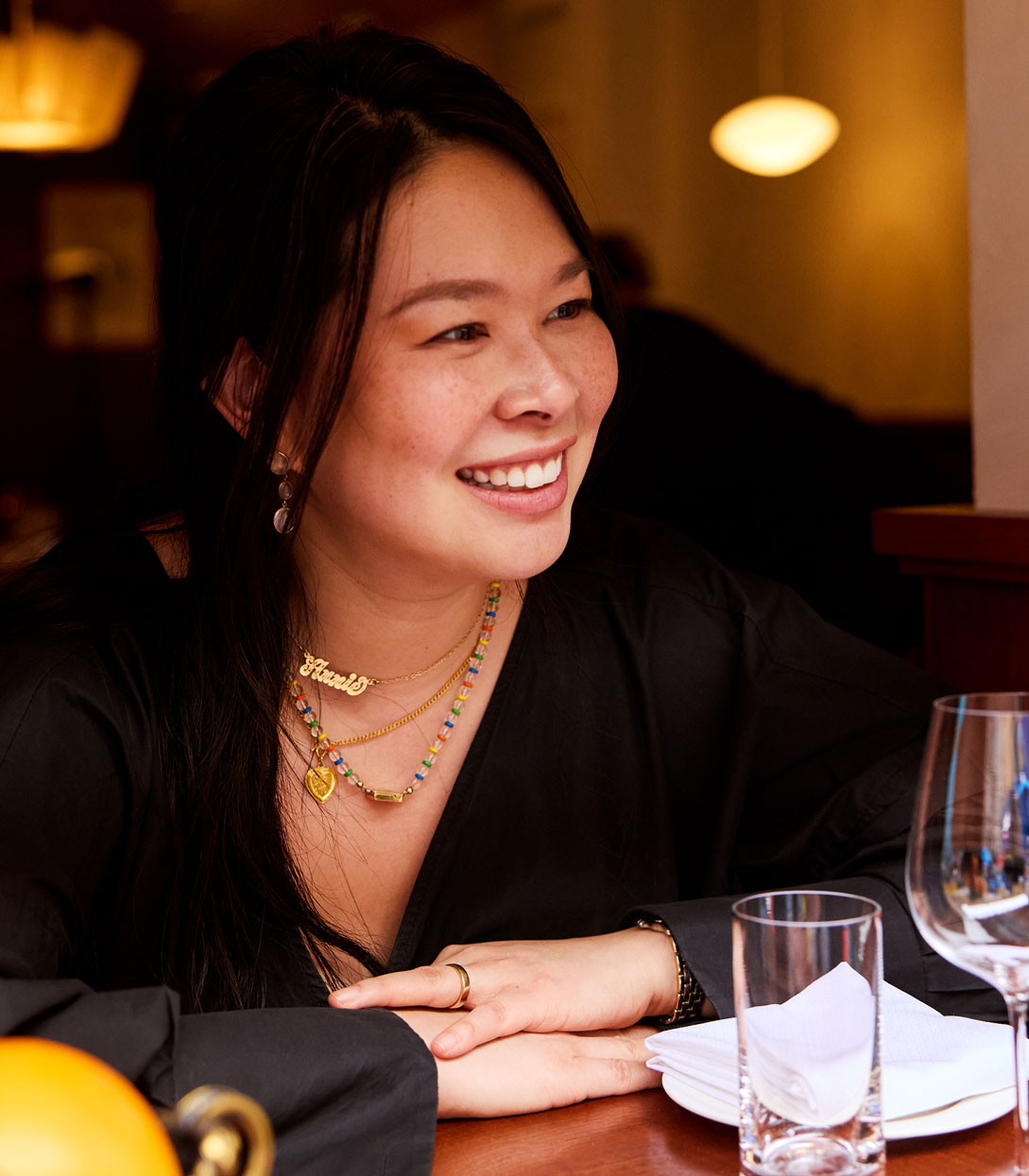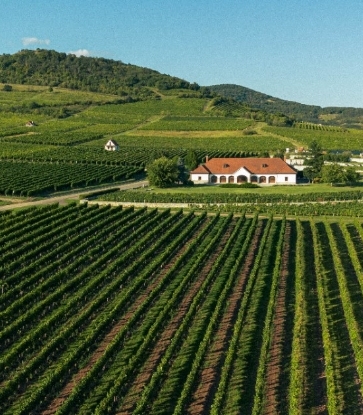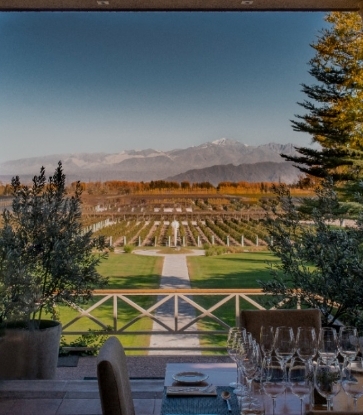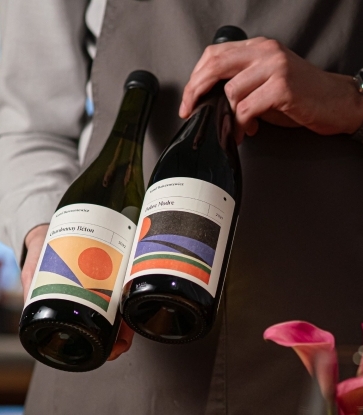People may wonder when the Chinese started sharing food. Historical documents show the Chinese ate separately until the Dang Dynasty (618-907 A.D.). When high chairs and big tables were introduced from overseas, we slowly developed the habit for sharing food. Is it a good one? Definitely not hygienic at all, but for Chinese food the presentation is very important with meanings (normally luck or happiness). You want to see a whole fish or chicken on the table with a pleasant dressing, which reflects the chef’s outstanding skills. In some premium restaurants, however, the wait staff will separate the food on the table, with two pairs of chopsticks for everyone—one for taking the food and one for eating.

Some gourmands criticise that the Chinese like to pair seafood with a red Bordeaux, for example, a Château Lafite-Rothschild with steamed fish. But, has anyone ever seen a single dish of steamed fish on a big round table with people only drinking Lafite? When you have more than 10 dishes in front of you, it becomes a challenge to talk about food and wine pairings.
The easiest way is to find some dishes that can pair well with your wines. Generally speaking, Pinot Noir is unmistakably good with duck, and dry Riesling with stir-fried shrimps. There are thousands of dishes in China, many of which go well with one style of wine.

And, especially for Chinese food, one cannot be limited by rules. It’s a lot of fun to try one wine with different dishes, or one dish with different wines. Sitting around round tables enables the Chinese to enjoy many dishes at one time conveniently. For a casual dinner, the best thing to do is to put all the wine on the table and pair different dishes with different wines. Late harvest Riesling can be good with spicy food, but Barossa Shiraz can be equally as good. Nothing is impossible for wine and Chinese food pairings!




















